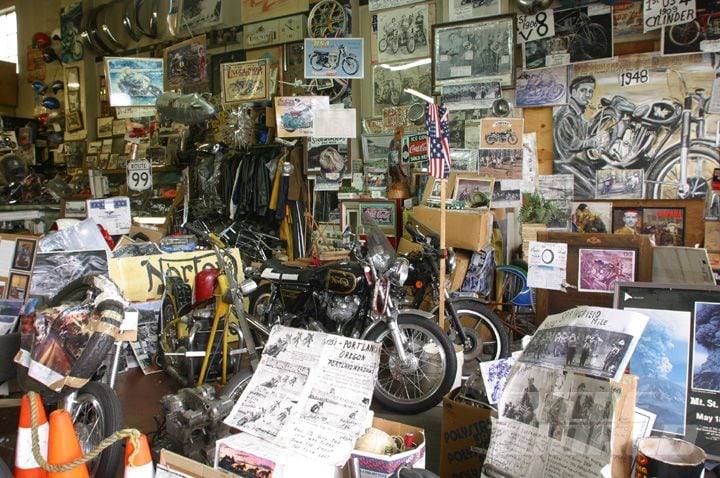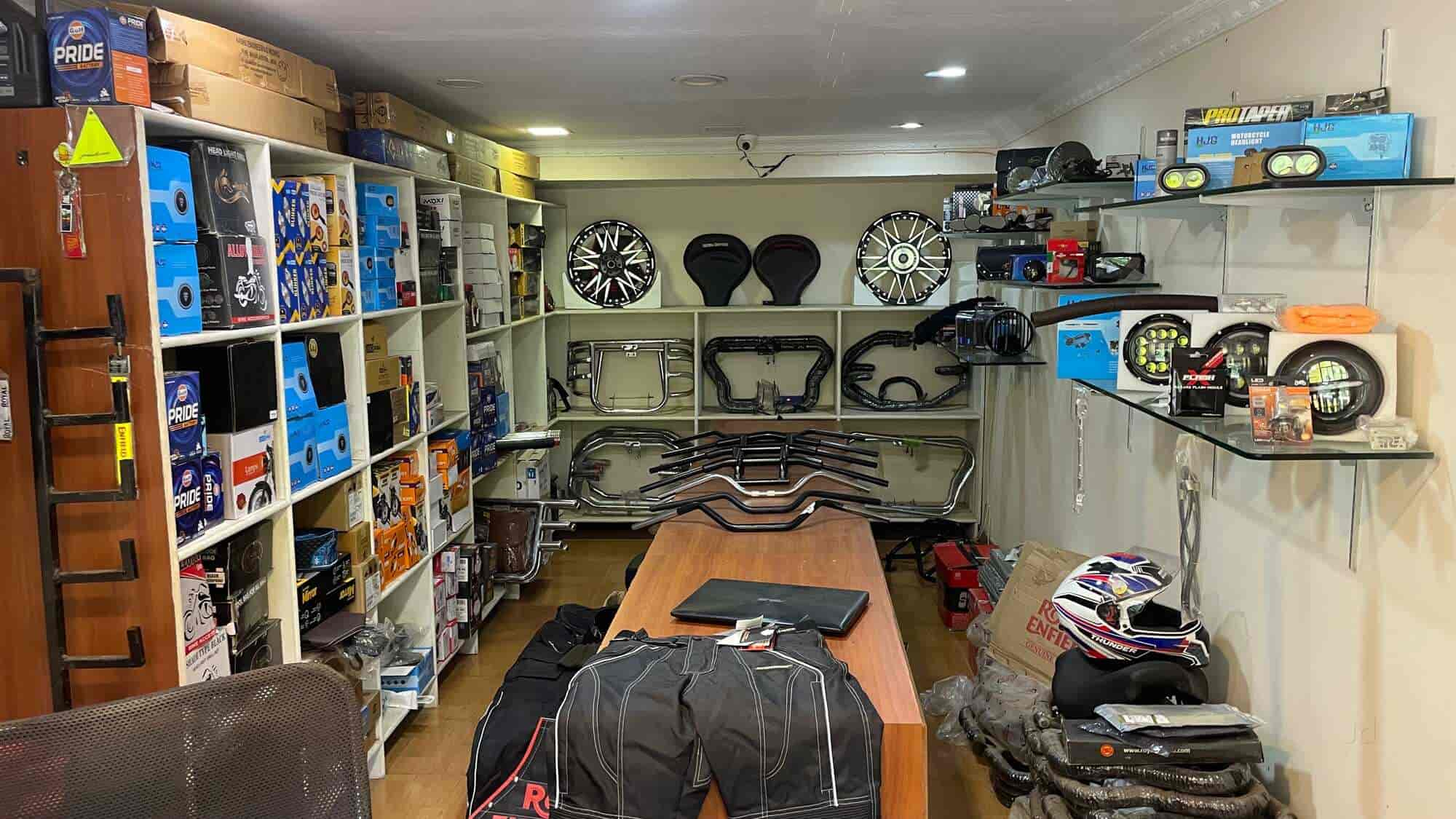Let Loose Efficiency with Premium Motox Parts NZ Available Right Here
Wiki Article
Understanding the Vital Parts of a Motorbike: A Comprehensive Guide for Lovers
For motorcycle lovers looking to raise their riding experience and ensure their bikes run smoothly, recognizing the important parts of a motorbike is extremely important. Each element, from the engine's elaborate operations to the crucial duty of the braking devices, not only influences efficiency but also safety and security and comfort. This guide will certainly walk through the essential components that every cyclist must be familiar with, making it possible for educated choices in both maintenance and potential upgrades. As we begin this exploration, one must ask: just how does each part connect to create the seamless trip every enthusiast looks for?Engine Components

The camshaft plays an essential function in managing the timing of the engine's valves, guaranteeing the specific opening and closing required for reliable gas and air intake, in addition to exhaust expulsion. This timing is essential to maintaining optimum engine performance and efficiency. Furthermore, the carburetor or fuel injection system, relying on the motorcycle design, is accountable for mixing air with gas in the correct ratio for combustion.
The cooling system, either air or liquid-based, works to keep the engine's temperature within functional limits, protecting against getting too hot and guaranteeing longevity - motorbike shop. Each component, thoroughly made and incorporated, adds to the seamless operation of the engine, specifying the motorbike's power output and general efficiency
Transmission System
Indispensable to the motorcycle's performance, the transmission system makes sure effective power transfer from the engine to the wheels. This system makes up numerous critical components, consisting of the clutch, gearbox, and final drive, each playing an important function in translating the engine's power into motion. The clutch, typically run by a hand bar, serves to engage and disengage the engine from the transmission, permitting smooth gear modifications and regulated acceleration.The transmission, often referred to as the transmission correct, has a collection of equipments that motorcyclists can manually change through to adjust the bike's speed and torque outcome. These equipments are set up in a sequence that enables the motorbike to speed up efficiently and preserve optimum engine efficiency across different speeds. Many motorbikes make use of a sequential transmission, needing the biker to shift equipments in an established order.
Braking Systems
While comprehending the transmission system is crucial to using a motorcycle's power, equally vital is the capability to control and stop that power properly, which is where braking mechanisms enter into play. Brakes are important for safety and efficiency, providing the motorcyclist with the needed control to browse various terrains and conditions. Generally, motorbikes include 2 types of stopping systems: disc brakes and drum brakes.Disc brakes are a lot more prevalent in modern-day motorbikes as a result of their superior efficiency. They contain a brake disc, caliper, and pads. When triggered, the caliper presses the brake pads versus the rotating disc, converting kinetic power into warmth, thus slowing down the wheel. This system offers much better warmth dissipation, regular efficiency, and boosted quiting power, especially in wet conditions.
Alternatively, drum brakes, though less typical, are still located in some bikes. They work by pressing brake footwear against the internal surface of a drum affixed to the wheel. While typically less efficient in heat his comment is here dissipation and quiting power, drum brakes are less complex and more cost-effective.
Understanding these stopping systems' nuances enables cyclists to keep their motorcycles effectively and appreciate the design that makes certain safe and reliable quiting.
Suspension and Steering
Suspension and guiding systems are important components that considerably influence a motorcycle's handling and experience convenience. The suspension system, including forks at the front and shock absorbers at the back, takes in road abnormalities, boosting security and control. Front forks, inverted or generally telescopic, compress and rebound to reduce impacts, while rear shock absorbers keep tire call with the road, vital for grip and safety.Steering, centered around the handlebars, attaches the motorcyclist to the motorbike's directional control. The steering head bearings ensure smooth procedure, enabling precise ability to move. Proper alignment and upkeep of these bearings are important for predictable steering feedback and lowering motorcyclist tiredness.
The suspension's adjustability is an additional critical facet; preload, damping, and rebound setups permit modification to fit various riding designs and conditions. This versatility is vital for optimizing efficiency, whether navigating city roads or taking on sturdy routes. Innovations like electronic shock absorber provide real-time adjustments, boosting trip top quality across diverse surfaces.

Electric Equipments
After making sure a controlled and smooth trip with efficient suspension and steering systems, focus transforms to the electric systems, a pivotal aspect of modern bikes. These systems play an important role not just in starting the engine but additionally in powering various components that enhance the performance and safety and security of the bike.At the heart of a bike's electric system is the battery, which stores electrical energy required for beginning the engine and powering auxiliary systems - motorcycle shop. The generator or generator, combined with the rectifier-regulator, makes certain the battery stays billed while the motorbike functions, transforming mechanical energy right into electrical energy and preserving voltage levels
The ignition system, an additional crucial element, is accountable for stiring up the air-fuel mixture in the reference engine's cylinders. Modern motorcycles often use an electronic ignition system, offering higher efficiency and dependability contrasted to traditional systems.
Illumination systems, consisting of fronts lights, tail lights, and indicators, are also crucial, making certain exposure and safety and security for the rider. Extra digital elements such as sensors, control systems, and presents add to advanced attributes like fuel injection management, anti-lock braking systems (ABS), and electronic control panels, additionally boosting the riding experience.
Verdict
A detailed understanding of a motorbike's essential elements, including the engine, transmission system, braking mechanisms, suspension, steering, and electric systems, is important for lovers intending to enhance convenience, efficiency, and safety. Mastery of these aspects enables for informed decisions regarding maintenance and upgrades, ultimately boosting the riding experience. By integrating this understanding, motorcyclists can ensure their motorcycles operate at peak efficiency and dependability, consequently optimizing both enjoyment and long life of their lorries.For motorcycle lovers looking to elevate their riding experience and ensure their bikes run efficiently, comprehending the vital components of a motorbike is vital.Essential to the motorcycle's performance, the transmission system guarantees effective power transfer from the engine to the wheels.While comprehending the transmission system is essential to utilizing a bike's power, equally vital is the capacity to regulate and stop that power efficiently, which is where stopping mechanisms come into play. Generally, motorcycles feature two kinds of braking systems: disc brakes and drum brakes.
A navigate to this website comprehensive comprehension of a bike's necessary parts, consisting of the engine, transmission system, stopping systems, suspension, guiding, and electrical systems, is crucial for lovers aiming to maximize comfort, safety, and efficiency.
Report this wiki page